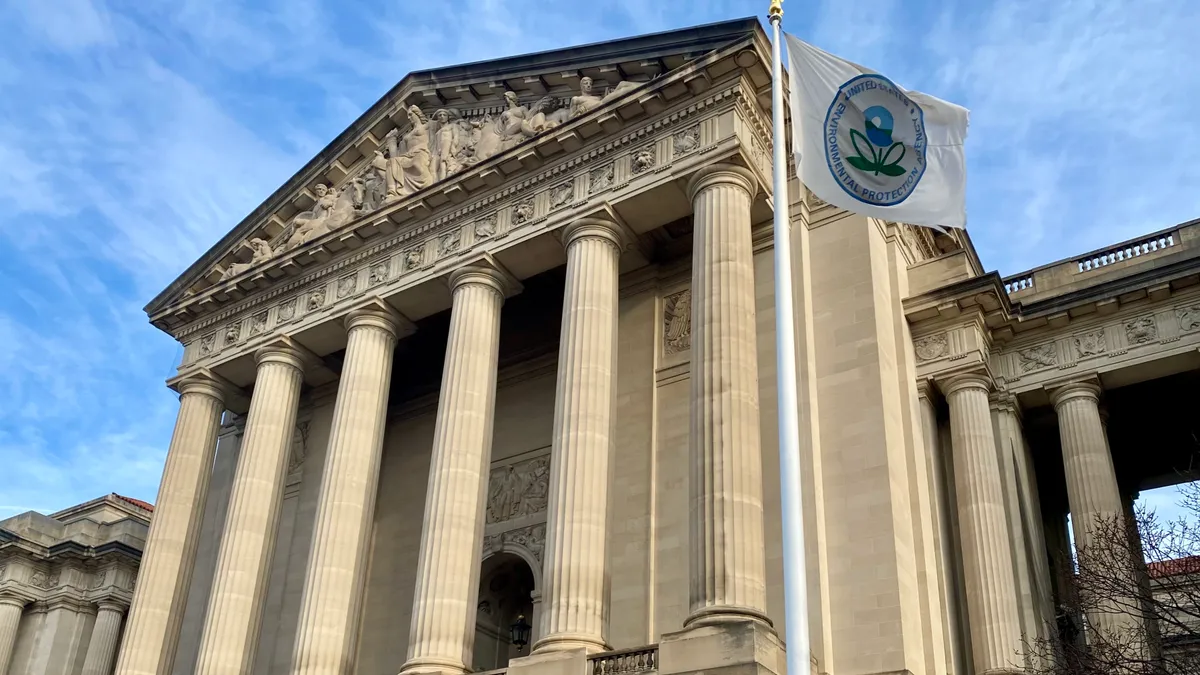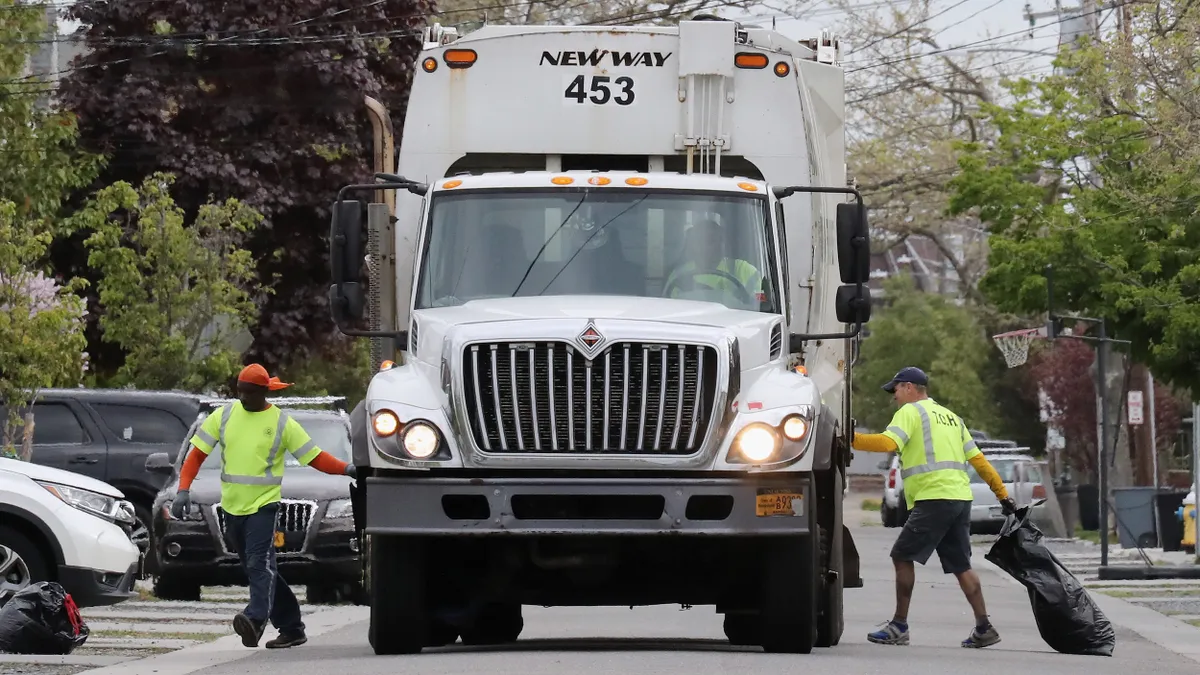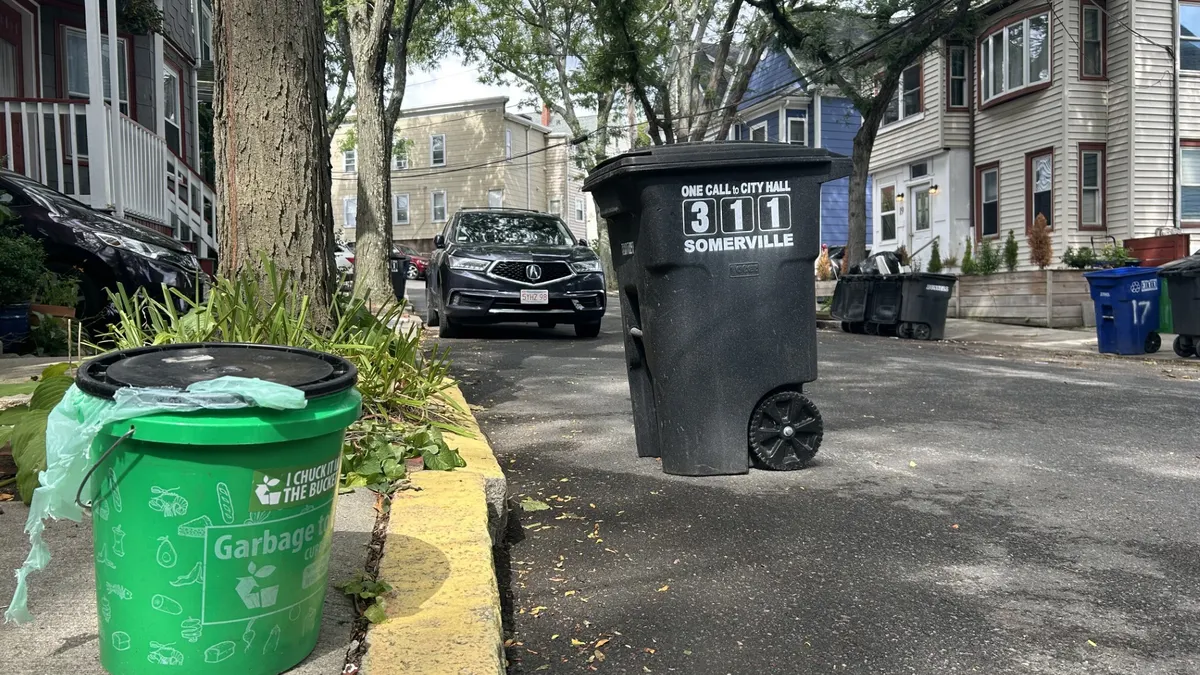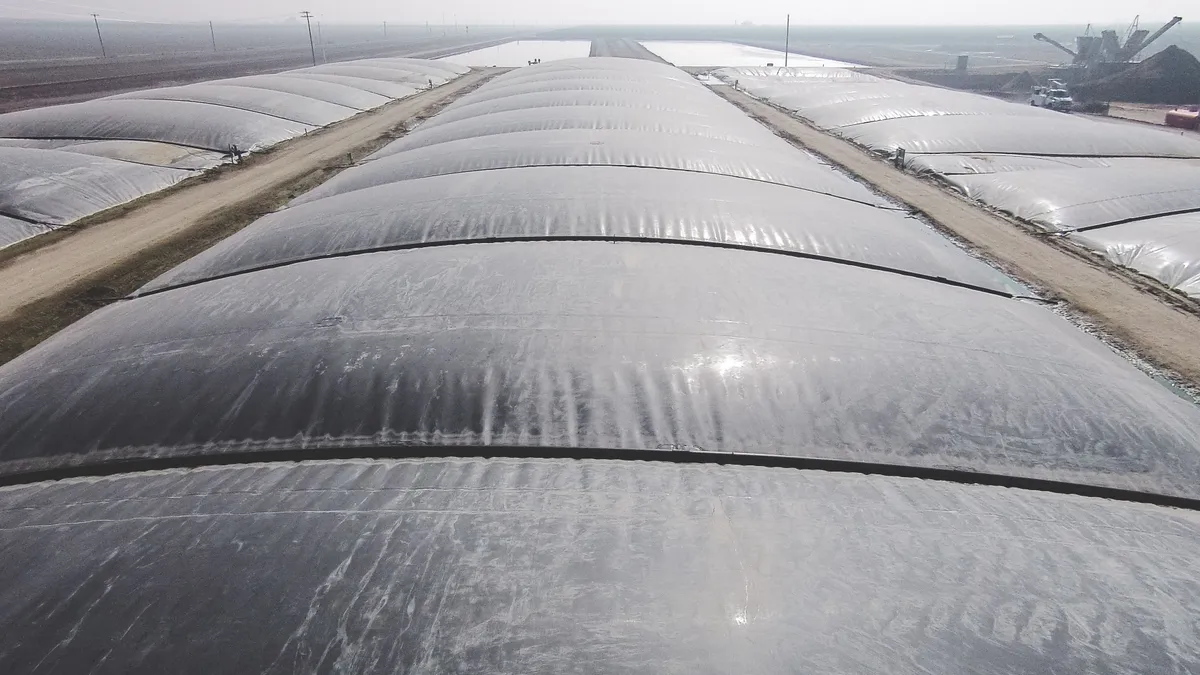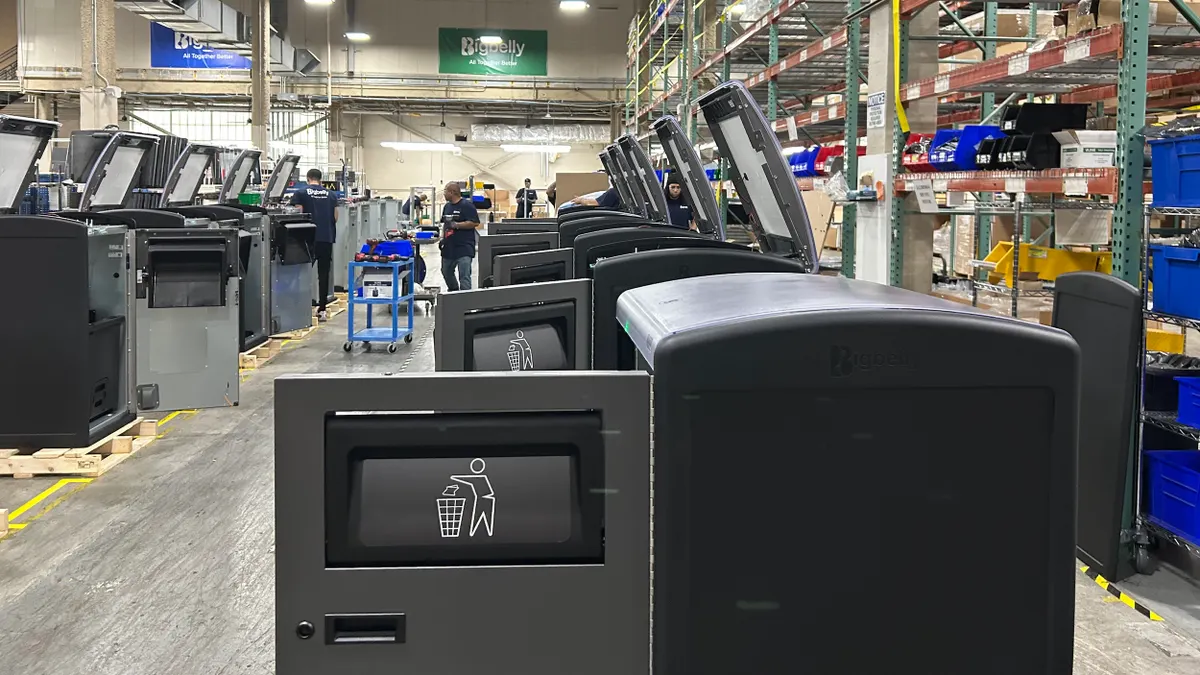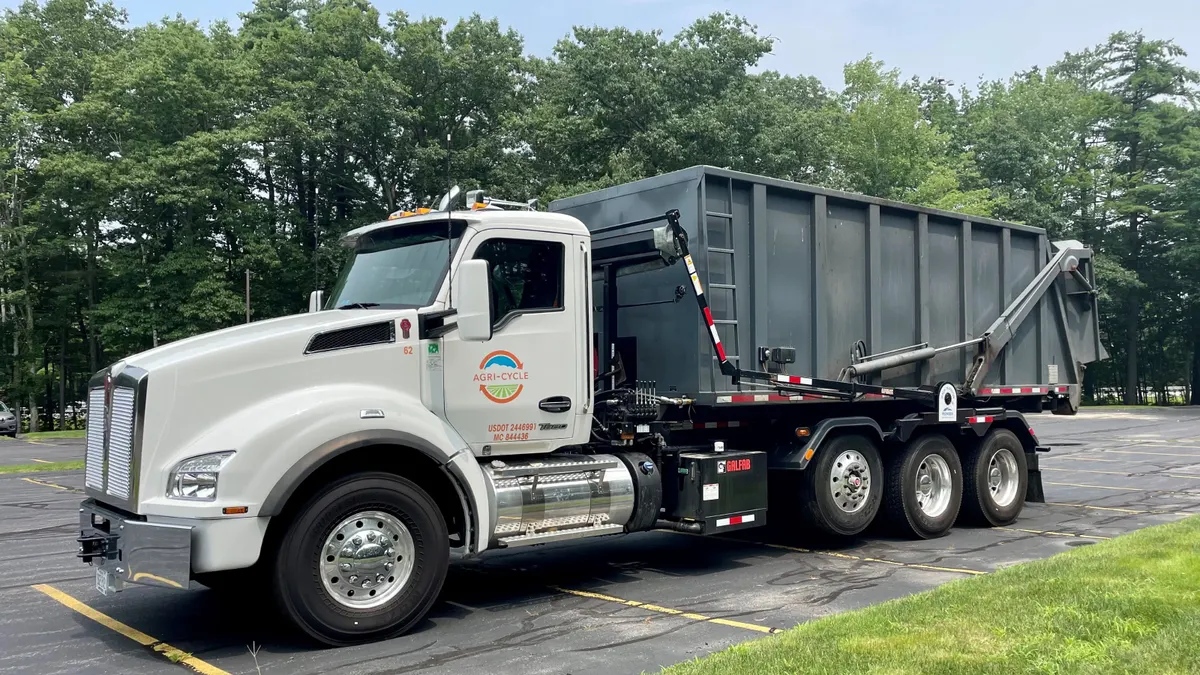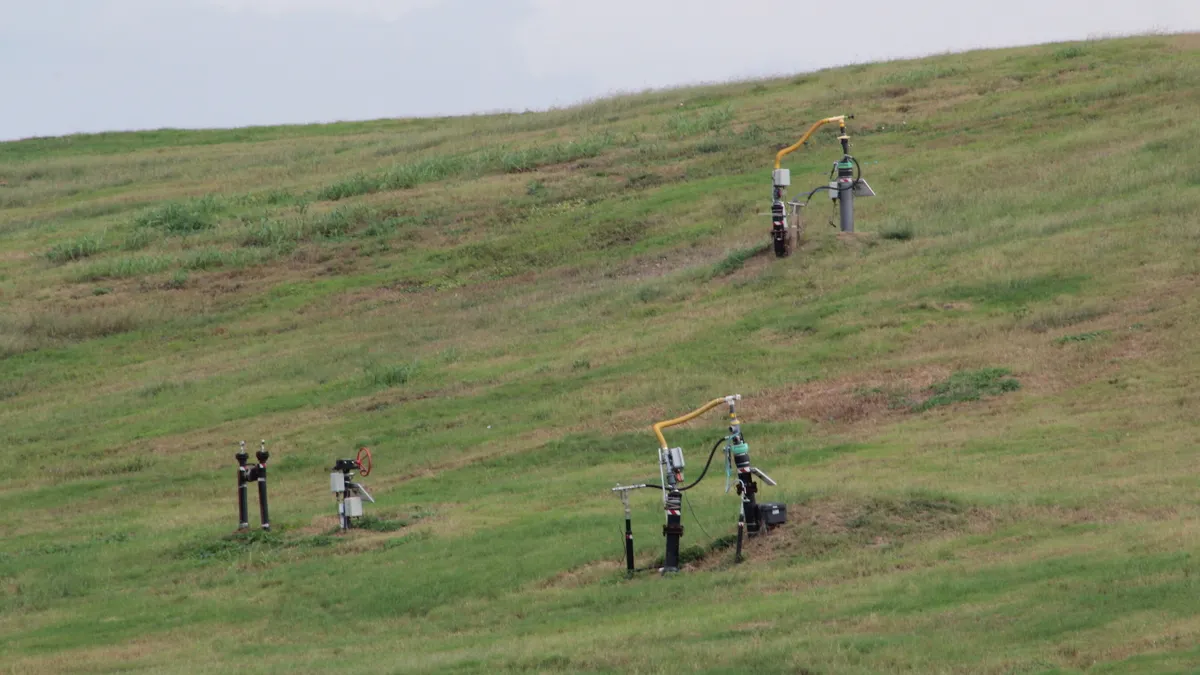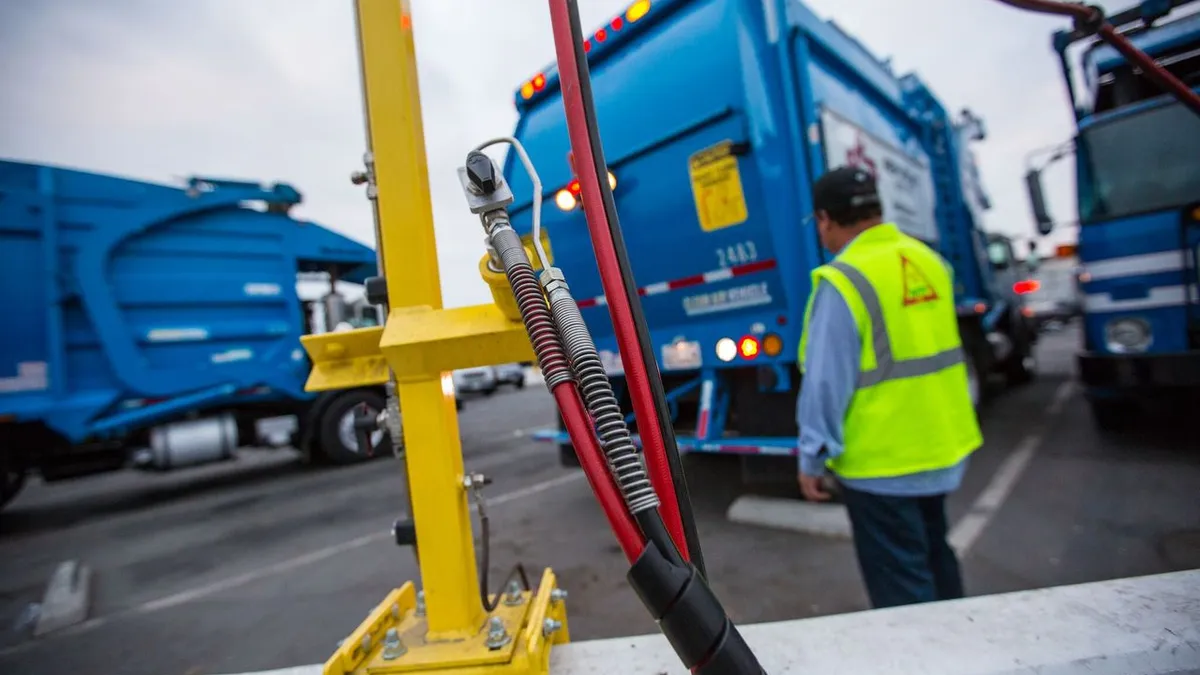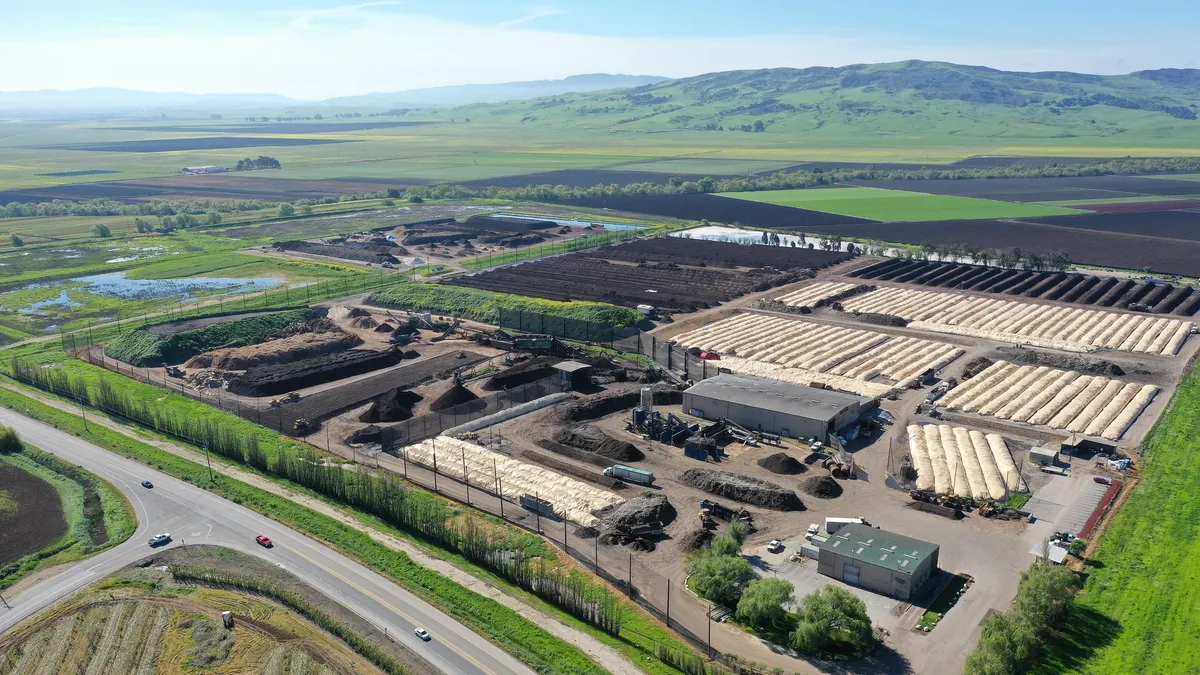Chris Corps hopes that evolving climate regulations in Canada will create an opportunity for his company to turn waste into profit via gasification technology.
Corps, cofounder and CEO of Pivotal IRM, is part of a group that sees promise in gasification for managing biomass and waste in areas such as British Columbia. According to Pivotal, the company’s integrated resource management approach has the potential to create energy from multiple types of waste streams.
“There is a sound business case for maximizing recovery from waste. What was really needed was approaching the problem of waste with entirely new thinking and a technology that offered multiple solutions,” said Corps, who brings his prior work as a career economist to the role.
The company was founded in 2013. It is focused on working with communities facing potential disposal capacity issues, as well as those seeking solutions to meet federal greenhouse gas emissions reduction targets. Canada has a goal to reach a 45% to 50% reduction in GHG emissions by 2035, from a 2005 baseline.
According to Corps, the company’s small-footprint system is quiet, odorless and can be sited near existing waste operations. He said that waste should be viewed as a resource, from which you “extract and reuse whatever you can, then recycle as much as possible."
The company’s proprietary computer modeling can assess multiple available waste streams, which executives say can be tailored for municipalities of all sizes that may be facing limited disposal options or rising waste export costs.
"This process maximizes recoverable energy, reduces energy costs such as heating, electricity and cooling, and eliminates up to 90% of landfill requirements thereby maximizing GHG emission reduction,” said Corps.
According to the Global Syngas Technologies Council, one ton of MSW put through gasification can be used to produce up to 1,000 kilowatt-hours of electricity. Prior comparisons have noted that certain mass burn incineration technologies can produce an estimated 550 kilowatt-hours per ton of the same material.
While proponents see many selling points for their technology, Corps conceded that getting buy-in from local authorities and investors remains ongoing. The company aims to get utilities to commit to buy energy from its projects for at least a decade or more. Corps said the company is in discussions for a number of projects across Canada and is heading toward its first agreement.
"There's no point in doing something that can't take off and run on its own. We won't put anything into place that we're not sure of succeeding after the honeymoon period ends,” he said.
A long-discussed option
Gasification dates back to as early as 1699, when it was used to capture gases from burning coal in a heated container with limited oxygen. By the 1800s those gases were captured to provide lighting and heating. Today’s more advanced operations can range in scale from systems that manage a few tons of material per hour or over 100 tons.
While the technology has been pursued by other companies in recent years, it has yet to fully gain traction in Canada. In 2008, British Columbia’s Ministry of Community Development examined different ways to manage solid and liquid waste. Their independently created report, “Resources from Waste: A Guide to Integrated Resource Recovery,” studied gasification as an option.
The report said gasification of dry organic waste could reduce landfill methane emissions and reduce air pollution from conventional incineration. It noted that "synthesis gas is a greenhouse gas-neutral fuel which can be burned in a cogeneration plant to produce electricity and heat and ... the revenues generated through gasification and cogeneration plants generally stay within the community.”
Terry Thibodeau, an executive principal at the renewable energy consulting firm Seamark, said gasification can be a good solution for managing wood waste. For example, 2022’s Post-Tropical Storm Fiona downed a huge amount of trees where his firm is located in Nova Scotia that could have gone to gasification.
"All that flattened forest at the north end of the province is just a perfect fodder for forest fires,” said Thibodeau. "The whole idea of the gasification technology is to be able to use waste resources that would otherwise decompose."
Nova Scotia has its own goal to reduce GHG emissions 53% below 2005 levels by 2030, considered among the most ambitious provincial targets. Thibodeau said gasification can be a key to those goals and Seamark is exploring multiple waste and carbon sequestering opportunities.
But he recognized that it can be daunting for companies such as Pivotal IRM to acquire financial commitment and approval from the respective local municipalities and utilities.
"Aligning competing interests is the challenge," he said. "We need to develop ways in which we can advance new technologies; to streamline projects with less red tape and realize the provincial environmental goals toward implementing these and other beneficial technologies."

Feedstock in, fuel out
Some opponents may compare gasification to incineration, but Pivotal describes key differences.
“This is not incineration, there is no combustion of the feedstock involved in the gasification process,” said Graeme Bethall, Pivotal cofounder and technical specialist scientific advisor. “The unit itself is a rotary gasifier and feedstock is fed into a rotating chamber through an air-lock system, which looks like a long horizontal cylindrical barrel and is enclosed by another chamber of the same shape, but one that doesn't rotate.”
Bethall said the temperature is raised by absorption from very hot air pumped into space between the chambers (versus burning inside the inner rotating chamber) and heat is then transferred into the rotating feedstock causing it to gasify. The feedstock is thermally converted into syngas, which is then combusted. The heat created from this autothermal process is recirculated into the space between the chambers without combusting the feedstock.
According to Bethall, “consistent feedstock is key” to making this process work well. For example, plastics convert to energy and never biochar. And secondarily contaminated waste, for example cardboard with grease or glues, may create problems in the end products.
Pivotal plans to use gasifiers from Washington-based TSI, creator of the Torreactor thermal treatment process. The forest products equipment company, which started in 1992, created the technology in the early 2010s with inspiration from its rotary driers.
John Teal, spokesperson of Lynnwood, Washington-based TSI explained the genesis and benefits of their Torreactor thermal treatment process.
“The unit is very similar to a single-pass drier, but operates with almost no oxygen inside and it is scalable so smaller units can handle three tons of biomass an hour and industrial sizes can reach 20 tons or more an hour,” said spokesperson John Teal.
He said the technology has matured over the last decade and the carbon-concentrated biochar created from waste material has an increased energy density that is higher than the original material fed into it. Teal said this makes it suitable for many applications “anywhere you need to replace fossil carbon." For example, gasification systems are used in Brazil to convert sugarcane waste into biochar pellets that can be used as a coal replacement.
While gasification is being used in other countries such as India and China, Teal said those are less perfected units and operations often experience significant downtime.
He said TSI’s goal is to perfect the system further to take more diverse feedstock. TSI has five gasifiers in operation today and it is currently looking to replace a commercial plant in Vietnam as a pilot project.
Credits to success
The economics of gasification are still evolving, though proponents hope that changing regulations can help.
Teal said the technology has a starting price tag of seven figures, “and that’s just for the equipment.” Plus, its energy output has to compete with the currently cheaper prices of coal or gas.
"In countries where carbon is heavily taxed this makes sense, as in Europe where the expected cost of [carbon dioxide] is 117 Euros per thermal ton of coal. It's all about the tax credits for carbon and the offsets gasification can offer," he said.
Thibodeau agrees that progressive climate legislation is ultimately the driver to that end.
The Canadian Parliament passed Bill C-59 last year, which enacted and updated investment tax credits for carbon capture, utilization and storage. The text proposed new cost allowances on energy generation equipment, water supply and electrical transmission equipment and energy distribution equipment. Qualified taxpayers will have to provide proof that eligible project expenses meet a certain threshold and are required to produce a climate-related financial disclosure that demonstrates how their policies and practices contribute to Canada's 2050 net zero goals.
For Pivotal IRM, the key is to also make sure the technology fits the customer’s waste needs. Bethall said he sees good potential for this to be “an economically viable platform” that can “appeal to not only the forestry sector, but other markets where we take waste materials and turn them into beneficial resources nationwide.”




